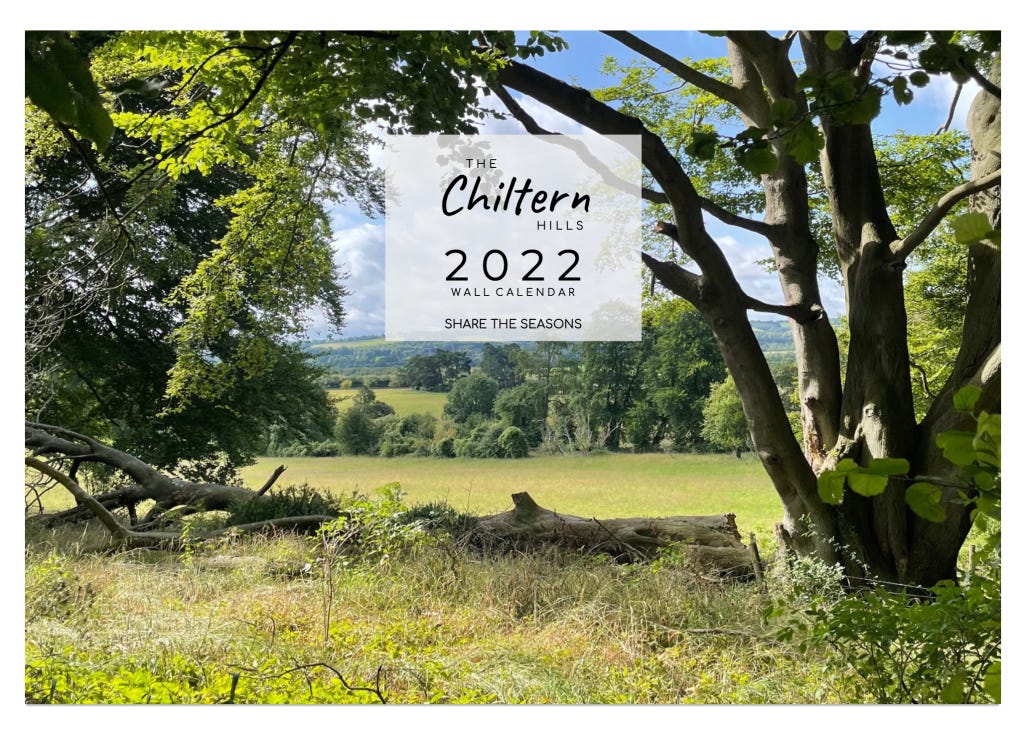Shapeshifters
I don’t usually write about birds, as they are not something I know much about. Other than to enjoy the spectacle they present and to encourage nesting in my garden, (which blackbirds and robins oblige), I simply admire them from afar.
Along with blackbirds, magpies, sparrows, robins, blue jays, song thrush and the twice daily overflight from a red kite, starlings are very much part of the community. Noisy and gregarious, they feed on the verges and lawns, the flock swooping and chattering from the aerials and rooftops every day. Far from being dull, they show-off iridescent colours that change as they move about.
Starlings who used to roost in vast numbers in London’s Leicester Square, but no more. Discouraged by birds of prey and bright lights they are typical of species that is in decline.
They are birds that get noticed
I first heard of murmurations from a wildlife programme and friend who lives near Brighton Pier where they are a fairly regular sight. I don’t know where this unusual name comes from. Is it the sound their wings make on their fly-pasts? More of a whooshing sound than a murmur. As they settle in to roost, they made a huge racket, so I’m not convinced it’s their sound. More to do with the movement? The ebb and flow?
Shapeshifters
The sight of their displays is special. Like sardines they are also iridescent, acting as shapeshifting units, but some of them are changing direction, or deciding that it’s time to enter the roost. They are like the vast families of sardines.
Then last autumn, during the year of lockdown, when I was spending time locally – as you would have been, retracing my steps along tracks I had forgotten, I saw my first display. Quite small, but I knew immediately what it was. I watched as the birds worked their magic over water near College Lake in Hertfordshire before disappearing into the trees.
What is a murmuration?
A murmuration is the collection noun for starlings and describes their aerial displays before these groups roost for the night.
I am not aware of other British species that do this, but please do set me right if this is not the case. These large gatherings happen in the autumn and gather pace as more birds migrate from central Europe to the milder winter climate here, peaking in December and January. The groups get larger and larger as smaller groups are absorbed with latecomers, but all roosting together. It seems a sensible way for the birds to nestle up and keep warm together during the long winter nights. Makes me wonder how a single robin keeps warm on a cold night?
Starlings, the sardines of the sky
You may have heard of the Sardine Run? The annual spectacle of millions of migrating sardines that swim north along the east coast of South Africa each winter, attracts all sorts of visitors, predators and chancers who jostle for the best spots to feed or to follow. This is what I am reminded of, in the sky but not that well attended.
Gathering on rooftops, chattering and hopping about before taking off and slowly making their way back and forth, back and forth in the direction of the roosting site. That was when I spotted them, some distance away, but I recognised a murmuration in the making. Leo and I legged it!
Untidy and at height, three sizeable groups slowing growing in size as they absorbed stragglers, circling above my head. Each bird is flying quickly, like synchronised swimmers. The closer they get to the roosting site, the tighter the circles and those tell-tale murmurations emerge; long, tapered, chunky, a cloud, flat, a ball, untidy as some are wanting to go in a different direction.
They hang in the air
Their wings shimmering as they change direction, appearing to contact and expand, undulating as they fly overhead. I can hear them chattering. One group follows the other, chasing it, darting behind, their wings rushing as they fly overhead. Merging for an instant then two separate groups. Does each bird know which group it’s in?
Alive. In no hurry to rush to their roost. It is as if they are enjoying gathering and circling many times to then suddenly drop. As if sucked out of the sky, falling like rain into the reeds.
The reeds are alive with unseen birds, their jostling and chatter whilst settling in causing waves across the vegetation. Two smaller groups join, one after the other, as do some late stragglers, who just fly straight in. Magnificent!
The sun was gone and it was getting cold. I left them still chattering and jostling, thinking about what the take off at sunrise would look like.
Further information
There’s plenty more to enjoy in the season of colour across the Chilterns. “Wrap up warm” the hardy types say; “put on wellies, a good coat and pack a thermos”. Let me unpack that for you: wellies don’t keep your feet warm, jeans turn to ice when it’s wet and cold, and yes, a thermos is a very good idea. Take a look at the autumn page for ideas.
Explore the northern Chilterns, they offer a different experience to the busy southern and central regions.
Chilterns Gifts
Celebrate the seasons in the Chiltern Hills with a NEW range of beautifully designed Chilterns Gifts including; Christmas cards, china mugs, tea-towels, 2022 A4 wall calendar amongst other popular items.
The post Shapeshifters appeared first on Chiltern Hills.




